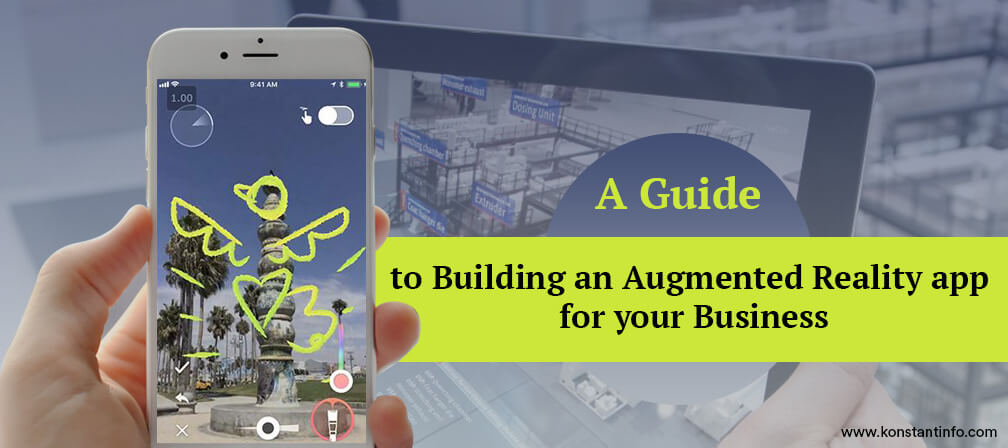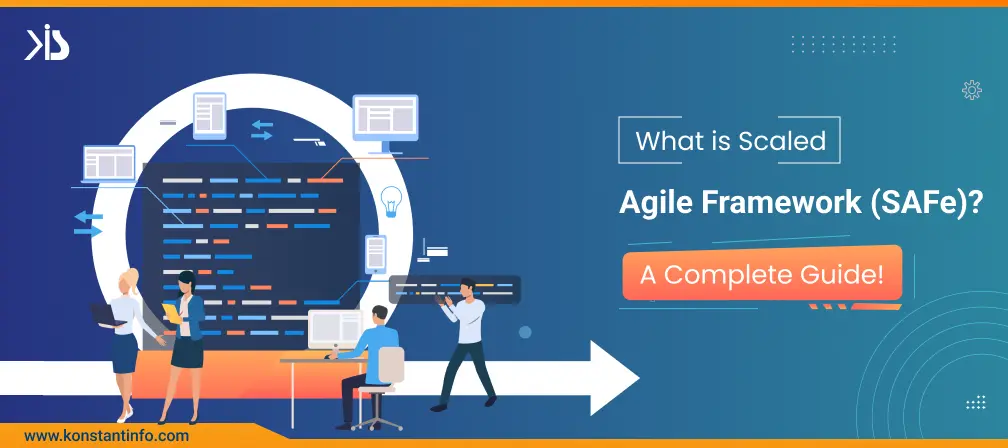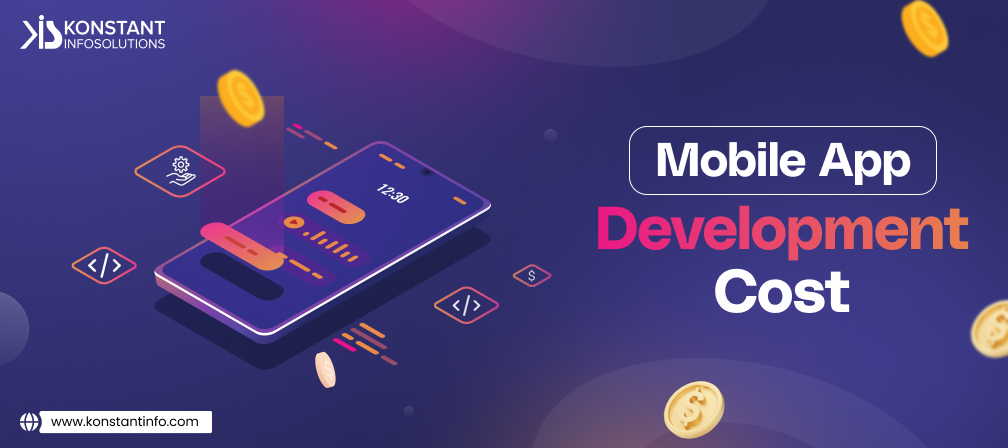
Augmented Reality apps still not that common among businesses as the apps from other utility verticals are. But with the growth of application technology and expanse of automated systems across industries and departments, it is increasingly becoming a part of modern businesses.
Besides, AR is being used by businesses as an option to help them enter and explore the segment of modern utility and penetrate the unexplored markets such as e-learning and augmented tourism. In order to tap the most of opportunities up early, businesses are looking to enter the domain up early to gain the first mover advantage, as it seems to grow fast from here.
According to a report by Zion Market Research, AR was valued around USD 3.33 Billion in 2015 and is going to reach a figure of USD 133.78 Billion in 2021, with a CAGR of over 80% in the term of 5 years. Now, look at this growth! This says it all about how much AR would be a part of the businesses and how it would be influencing the ideas backing these businesses. And of course, how far it would go to support advanced user needs and growing demand for automation.
In common words, AR is a technology that overlays digital data and resources on the top of real world objects. It is being applied and used across different sectors like finance, retail, and travel to enhance their capabilities to serve and cater to better user experiences. From the user perspective, AR is used as an automated extension to enhance the response and value of visuals with the help of projected elements – allowing a certain illustrative and pictographic presence of the fed data and resources, making the real optical view meet the virtually simulated objects to create an augmented reality.
When you are planning to get an Augmented Reality app developed, based on your idea or for a business utility, you will have to bring together best of graphic choices to best represent your idea of imagery and projection. Here, you also need to visualize the designs and validate functional prototypes. Further, while getting the product developed make sure you have all your features complementing your base idea and serve your purpose of Augmented Reality well. For this you need to consider going with authentic methods and standardized approaches suggested by an experienced developer or a team of expert consultants while putting your plan on board.
Augmented Reality apps need special attention and experience to take it to meet its goal. So, you need to hire developers who have worked on similar projects in past. Look for their expertise with image processing. Also, they should be having knowledge of 3D modeling and should be adept in C# and C++ languages. Once you get the right people to work on your project, you can discuss things in detail for validating the practicing components and chalk out plan for resource requirement for development. As you have things ready to take on board, arrange for the augmentation facility and resources to support the whole effort. As you are all done with these, get the actionable environment and system built to help you with AR app development.
When you are planning to go with AR development you have a lot of choices to go with. But while you pick up your AR development platform you have to make the right decision so that your ideas of performance, cost and quality are all served well. And you should also look into the device you need to develop your Augmented Reality app for.
The most popular products for AR app development are ARLab SDK, Wikitude SDK, Vuforia SDK, Metaio SDK, DroidAR, and ARPS SDK’s. Most of these platforms support multiple platforms like Unity, Windows, Android, Google Glass, and iOS. While most of these products allow developers to build apps across different platforms but there are a few that are dedicated to a specific platform, like DroidAR for Android.
Developing the front-end of the of the app can be quite tricky at times and requires extreme attention to be approached well in order to achieve the best results. So, you need to use prescribed platforms and proven techniques to build your AR project. Choosing from one of these products as per your requirement can allow you to get the best results from the AR app development project. With this you can assure yourself of quality product and get the leveraging ability to commit to performance goals. This is where many of the Blue-chip companies get the added advantages as they go for authentic products like these while arranging for development infrastructure and resources to help them with the solution.
The first thing you need to have to effectively build your AR app is clarity of idea and purpose. This includes knowing what you are building app for and who are the target users. This should further be translated into a product entity and take a documented form referring to key pointers and feature notes.
This information should be validated and authenticated to be ducted into an AR product. Once the information is good to reveal the structure and features of the app, it should be translated into functional modules. Moving forward, the design should be built focusing on the theme and idea of presentation and communication interface should by in sync of it. When the product is being coded by your developer it should be supervised at each level by AR experts and should pass through your approval looking at the business and user perspective of it. If you are still not sure of your efforts, let them re-optimize the designs to fit into the programming entity (aligning the imagery with the real-world environment) and get the functions built and product deployed, ascertaining its viability from all perspectives.
Once the modules are developed and all features are comprehensively built to offer a viable product entity, it should be looked upon to work well from the security perspective. Also, it should be well responding to the adaptability needs of the future and should be scalable enough to grow further as a product.
As you are through with the product development and it is all raised in a complete offering, its time to assure its quality. In order to make it work and communicate optimally, quality analysts need to test it from different perspectives of accuracy, performance, utility and value. This is done by checking the AR application preparing test cases and approval parameters. Once all the factors and facets of the app are tested well and the app is ready to set live, it should pass the layer of UAT (User Acceptability Testing) and should perform well from all perspectives with the real users.
Augmented Reality is still a newer technology and it is on its way to grow bigger. This is the time you can build your AR app and make your way to penetrate potential market and tap huge opportunity in the industry. All you need to do is get it developed the right way following the above-mentioned ideas, approaches and practices – and you should be making the most of your Augmented Reality app development endeavor.



Vipin Jain is the Co-Founder and CEO at Konstant Infosolutions and is in charge of marketing, project management, administration and R&D at the company. With his marketing background, Vipin Jain has developed and honed the company’s vision, corporate structure & initiatives and its goals, and brought the company into the current era of success.
Or send us an email at: [email protected]